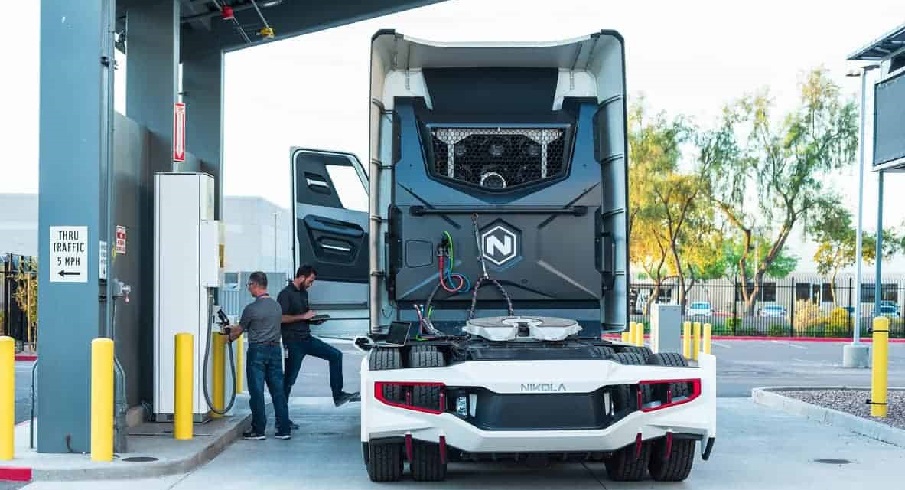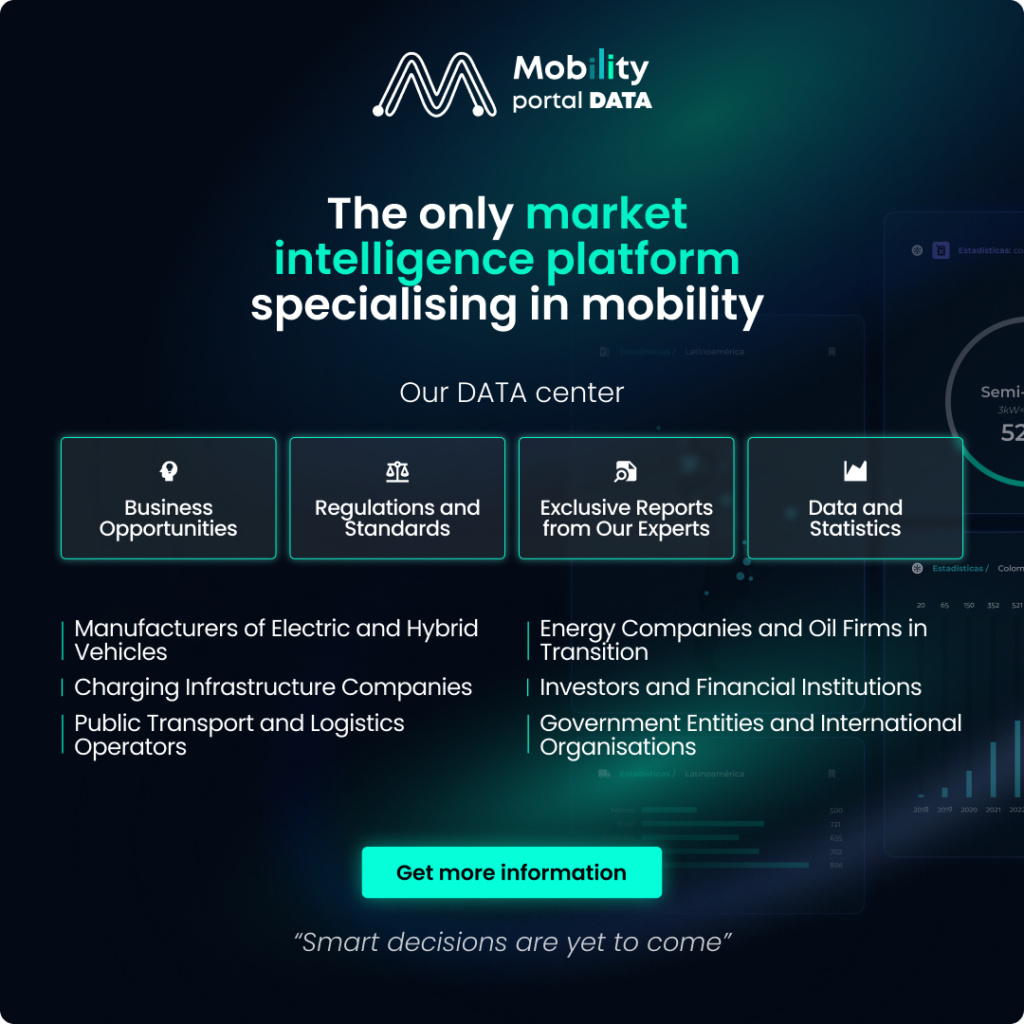Most electric truck charging stations are installed in just five countries – Germany, Sweden, Norway, France, and the Netherlands – according to recent data from Gireve.
The fact is that, clearly, the installation of these stations is directly related to the adoption of heavy-duty vehicles (HDVs).
To learn more about this situation, Mobility Portal Europe speaks with Sita Holtslag, Europe Director, and Adrián Serna Tamez, Infrastructure Lead at CALSTART/Drive to Zero.
The organization believes it is crucial for governments to continue supporting the deployment and adoption of electric vehicles, as well as the related infrastructure.

“For public infrastructure, and with vehicle volumes still low in this first phase, the lack of sufficient users could pose a challenge,” says Holtslag.
She continues: “By continuing to provide policy support to promote the deployment and adoption of electric vehicles, governments indirectly strengthen the business case for companies to expand public charging infrastructure”.
Moreover, the public sector can play a significant role by providing various mechanisms such as regulations, financial incentives, strategy development, public tenders, and more.
At the European level, for example, the Alternative Fuels Infrastructure Regulation (AFIR) has an open call for proposals with a budget of one billion euros aimed at deploying fast and megawatt charging stations along the Trans-European Transport Network (TEN-T).

“Additionally, all European Union (EU) member states will need to meet AFIR’s targets for public charging infrastructure, which will also be a major driver,” indicates Holtslag.
On a national level, countries can also implement similar mechanisms.
For instance, the Netherlands provides subsidies covering up to 40% of the capital costs for installing charging infrastructure at private facilities with applications opening in September.
“Companies should be supported in implementing their infrastructure,” acknowledges Serna Tamez.
Other Challenges in the eTruck Charging Sector
The lack of users is not the only difficulty facing the sector.
Another challenge relates to the high energy demand that HDVs require for charging, which places significant strain on electricity networks and makes it complex to implement the infrastructure.
The long lead time between a grid upgrade request and execution is another obstacle, as this can take up to a few years in some cases.
While the obstacles are real, partnership and innovation are already advancing solutions across the globe. Co-led by the Netherlands and CALSTART/Drive to Zero, the Global Memorandum of Understanding (MOU) is a unified effort by sub-national governments, industry leaders, and key stakeholders dedicated to accelerating the adoption of zero-emission medium- and heavy-duty vehicles (ZE-MHDVs).
“New collaboration, new ways of working, and new approaches are needed to seize opportunities and address challenges – something that can only be achieved with the cooperation of all involved sectors. The Global MOU has resulted in a thriving multi-stakeholder community,” states Serna Tamez.
And he continues: “This group now includes 36 countries and over 160 endorsers that are working together to enable 100% ZE-MHDV sales by 2040. We recommend interested companies to endorse and join this active global community.”
What Are the Opportunities for eTruck Charging?
HDVs have specific charging needs, and while there are difficulties in this regard, there are also opportunities.
Firstly, CALSTART highlights the complementary energy needs for Light-Duty (LD) and Medium-Duty (MHD) vehicles when it comes to charging infrasturcture.
“MHDVs typically operate during weekdays – including off-peak hours for LDVs – and are typically off on weekends,” says Serna Tamez.
“This complements LDVs’ usage patterns, which are more activeduring weekends, thereby improving the overall business case for investment in infrastructure,” he adds.
Secondly, they mention integration into the energy system.
“HDVs are large energy assets that can be integrated into the system, with strategies such as vehicle-to-grid (V2G) and smart charging, which can help provide grid flexibility and balancing services and offer an additional source of revenue.”
Thirdly, they highlight opportunities for innovation and the entry of new businesses into the market.
How Are the 5 Countries Progressing in Installing eTruck Charging Stations?
With Europe already having over 15,000 battery electric lorries, the continent needs a robust public charging network for long-distance travel and to support depot charging.
Although Gireve’s data reveals over 100 MW of public heavy vehicle infrastructure, with an average power of 300 kilowatts, it is primarily located in the five aforementioned countries.

On one hand, Germany leads with several Aral Pulse stations, creating a key charging corridor along the Rhine region.
Sweden follows with companies such as OKQ8 and Circle K, which are installing HDV chargers in various locations.
“Sweden is a notable example of how robust government support can accelerate the deployment of charging infrastructure for lorries,” comments William Pui Martinez, Senior Charger Hardware Manager at Circle K, in conversation with Mobility Portal Europe.
He continues: “When this is combined with Circle K’s goal to be one of the top 3 global charging point operators (CPOs), we see quite aggressive infrastructure development.”
Many of the company’s stations already feature dedicated truck charging areas, with several equipped for megawatt charging systems (MCS), facilitating a more efficient transition to electric vehicles.
On the other hand, Norway is poised for growth in heavy vehicle charging, driven by Enova’s grants for lorry chargers along key corridors.
In France, companies such as Proviridis and Watt’up are expanding heavy vehicle charging using their expertise in multi-energy stations.
Lastly, the Netherlands is making progress with DCB Charge integrating HDV chargers into existing energy station networks.








